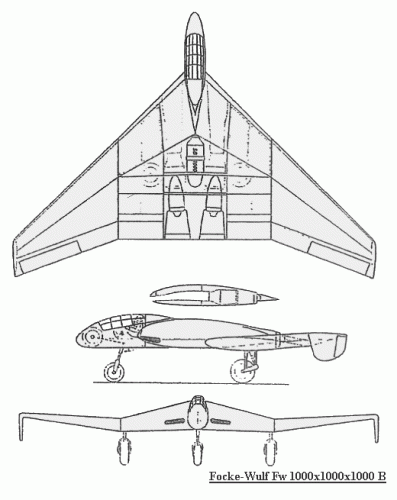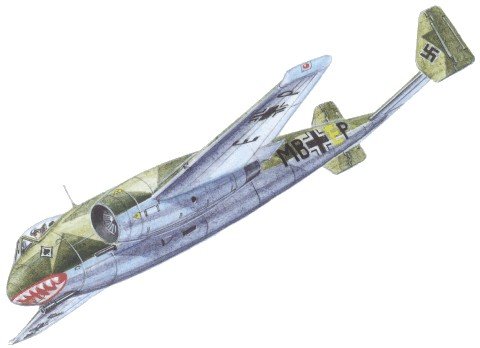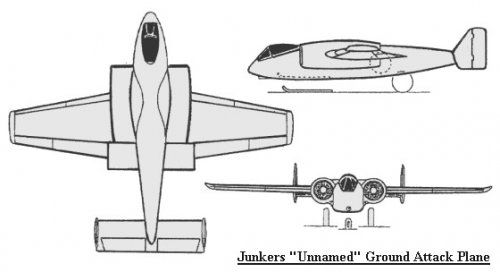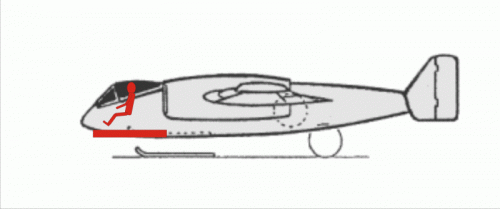- Joined
- 13 August 2007
- Messages
- 7,813
- Reaction score
- 8,822
during 1944 Junkers company made R&D on a Ground Attack Aircraft with 2 pilots
powert with two Daimler Benz ZTL 109-007 double-bypass jet engines
Armed with one MK 103 30mmø cannon in the nose and two MG 151/20 20mmø cannon in both lower wing roots.
there is a intriguing detail on illustration and graphic of Junkers ground attack aircraft
they show engine nozzle with flaps, is this a early proposal in Thrust vectoring ?
some Picture by Gino Marcomini
http://www.luft46.com/gmart/gmjga.html
powert with two Daimler Benz ZTL 109-007 double-bypass jet engines
Armed with one MK 103 30mmø cannon in the nose and two MG 151/20 20mmø cannon in both lower wing roots.
there is a intriguing detail on illustration and graphic of Junkers ground attack aircraft
they show engine nozzle with flaps, is this a early proposal in Thrust vectoring ?
some Picture by Gino Marcomini
http://www.luft46.com/gmart/gmjga.html







